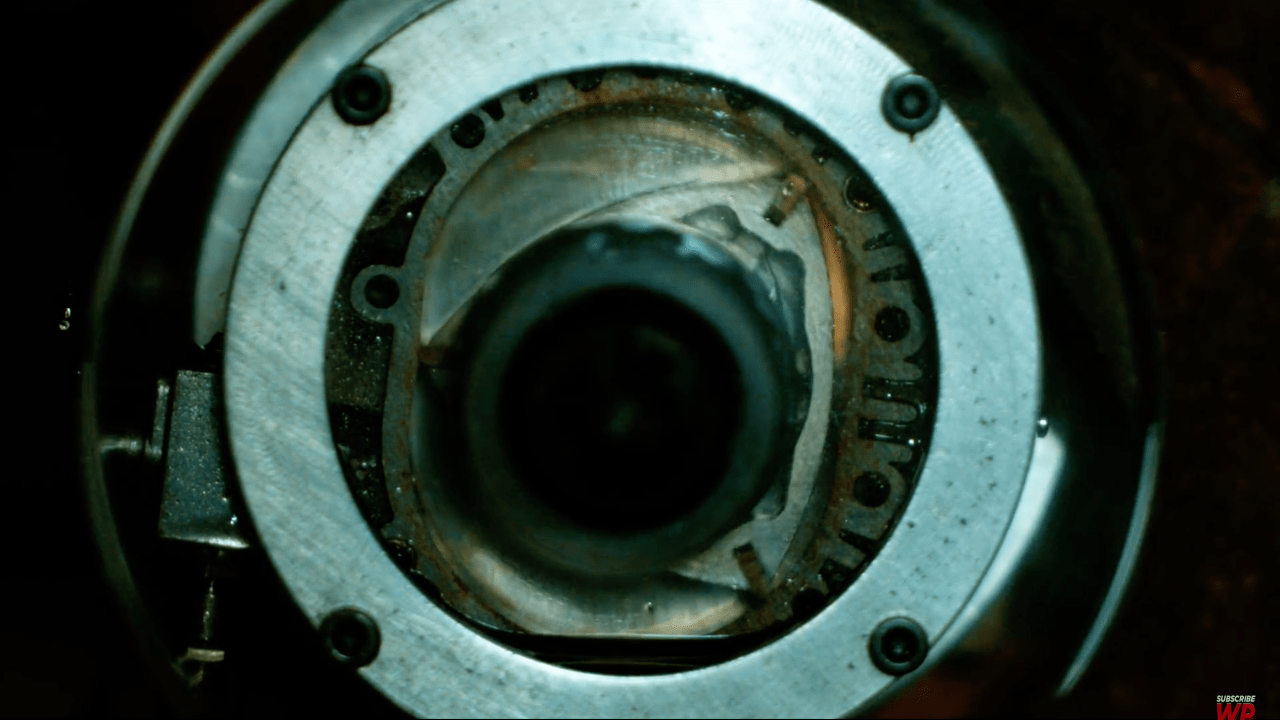

Felix Wankel’s rotary engine design is best known for being the heart of Mazda’s beloved RX-series sports cars. Revered for its minuscule size, high power density, unique sound, smooth acceleration, and high rev limit, while loathed for lack of low-end torque, oil consumption, sensitivity to flooding and poor maintenance, and thirst for fuel attributed to a two-stroke-esque combustion cycle. A model-scale engine was modified by YouTube user Warped Perception, who filmed the transparent-walled Wankel in operation, at speeds stated to be around 18,000 rpm.
Part of the fascination Wankel rotary enthusiasts have with the engine is due to its design, which is unlike most other engines used in cars. Rather than use a reciprocating piston, triangular rotors twirl on an eccentric crankshaft within a faintly peanut-shaped chamber, relying on the rotor’s pattern of movement to mimic the intake, compression, power, and exhaust strokes of a piston engine. Small displacement relative to comparable piston engines and low compression ratios mean minimal torque at a low rpm, but the short distances traveled by the rotating mass means rotaries can shrug off a high rpm in a way piston engines often cannot.
As mentioned above, the Wankel rotary engine saw its most famous use in Mazda’s sports cars, but they have seen occasional usage outside of the automotive world. Suzuki produced a motorcycle with the engine, and the design has even been trialed in both air and watercraft. The compact design makes it an ideal choice for use in model airplanes as well.
Even the 24 Hours of Le Mans-winning Mazda rotary racer, the 787B, spun only as high as 9,000 in race trim, where it made over 700 horsepower. Some claim 900 was possible if the engine were allowed to spin to 10,500 rpm, but neither of these figures compare to the 18,000. It may be small, but we wonder if one could join enough of these engines together to power a car. It’d make a noise like nothing else on earth.
